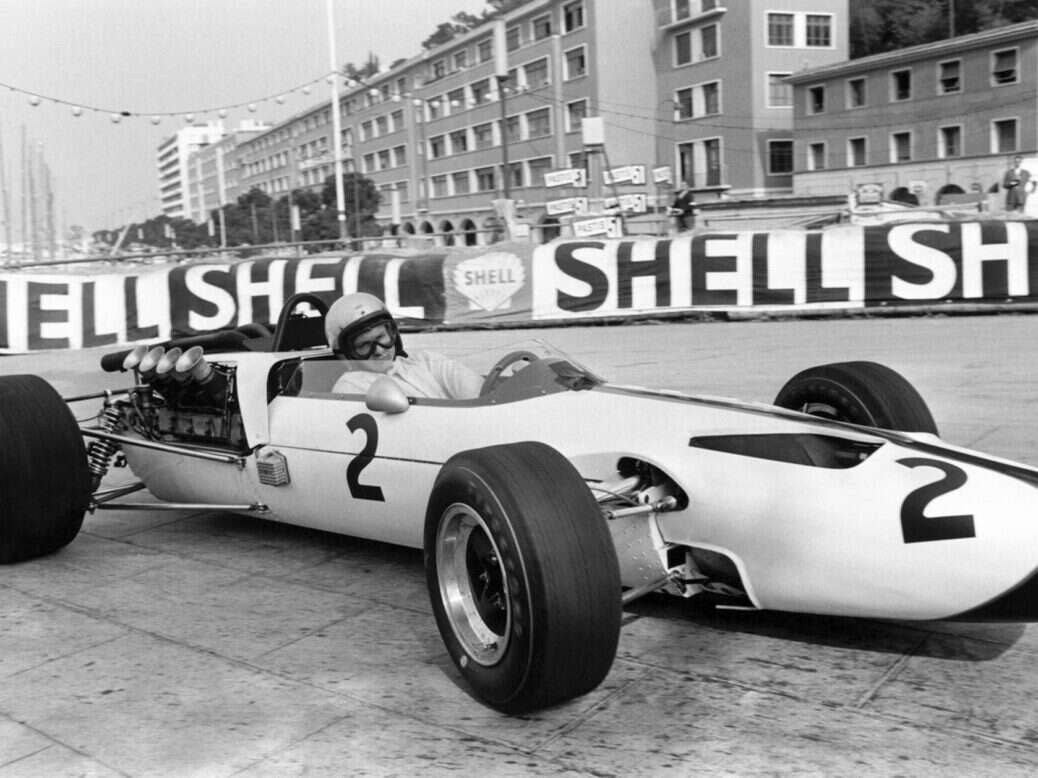
Manufacturers typically build popular cars with mass appeal, then they get into racing as a method of marketing those vehicles. McLaren chose a different story — the road less traveled.
McLaren began as a racing team in 1963 and it was not until the late 1980s that McLaren Cars — later McLaren Automotive — began working on a supercar that could be purchased by the public. It is this distinction of ‘racing first’ that sets McLaren Automotive apart from other manufacturers.
By operating first and foremost as a racing team, when McLaren eventually decided to build a commercially available vehicle, they approached it in the only way they knew how: Bold innovation, cutting-edge technology and a voracious desire to be the best.
Book your exclusive driving experience
Your exclusive opportunity to experience the full force of McLaren in the all-new Artura click hereSince the release of its first production vehicle in 1992, McLaren has maintained its position as a titan of the supercar industry. To understand why McLaren is one of the most recognized and loved brands in a highly competitive market, it makes sense to look back to the beginning of this incredible racing story.
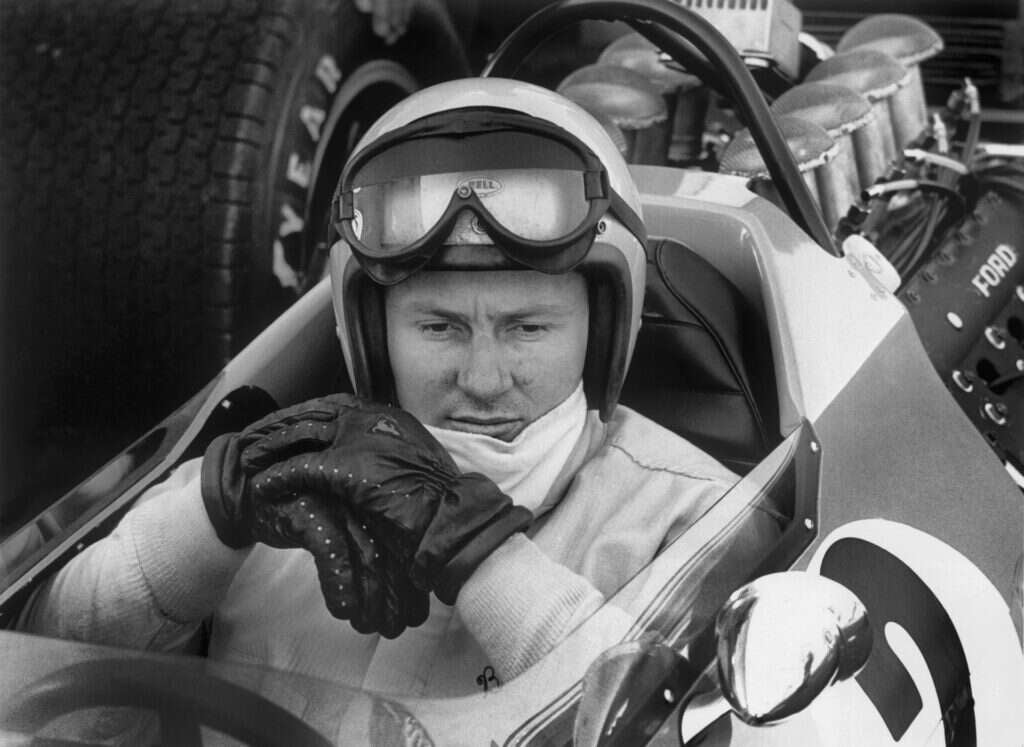
A Racing legend is born
The story of McLaren begins when Bruce McLaren was born in Auckland, New Zealand in 1937. His parents owned a service station, so his early life was dominated by cars, engineering and the smell of petrol. He quickly developed an understanding of automobiles and entered and won his first competition — a hill climb — at the age of 15.
After showing serious potential in New Zealand’s motor racing scene, in 1958 Bruce traveled to the UK as part of a scheme called ‘Driver to Europe’, helping drivers from Australia and New Zealand enter the competitive European racing scene. Within a year of arriving, he had secured his first F1 victory: the 1959 US Grand Prix. Just 22 years old, Bruce McLaren was the youngest Formula 1 race winner in history, a record that would stand for the next four decades.
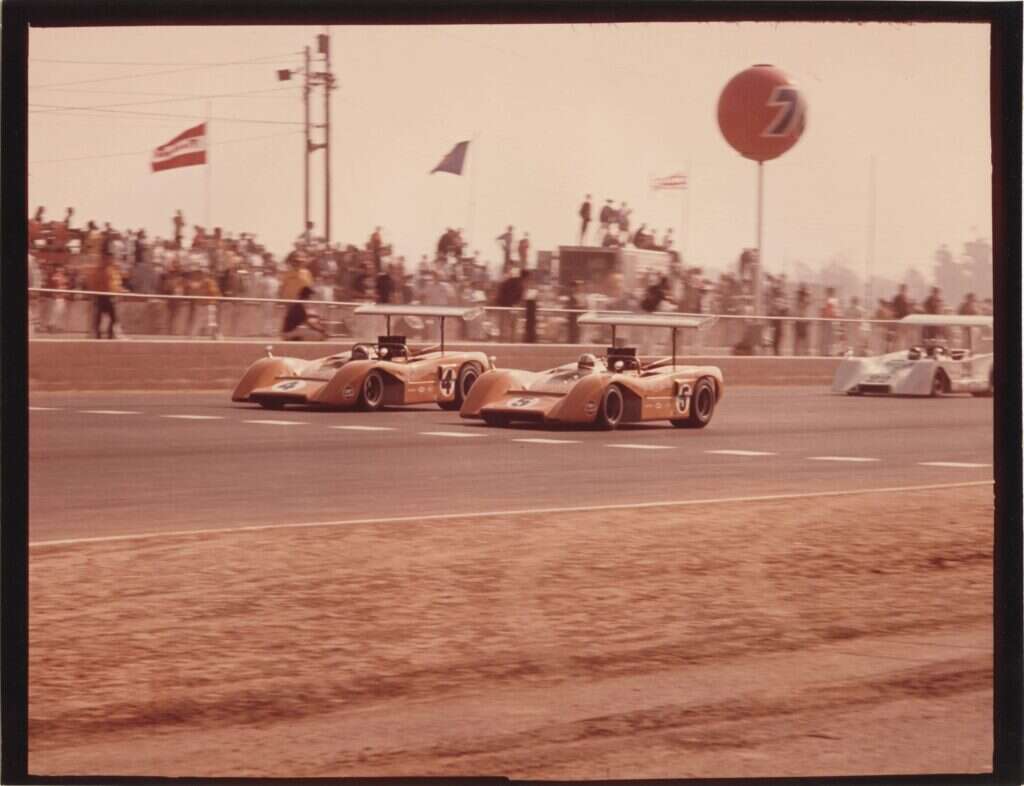
The dawn of McLaren
In 1963, while continuing to drive successfully in Formula 1 for the Cooper Factory F1 team, he formed his own team, Bruce McLaren Motor Racing Limited. The team did not immediately enter F1, instead racing in the Australasian Tasman Series, which Bruce won in 1964.
Bruce left Cooper at the end of the 1965 season as their competitiveness began to fade. McLaren Racing would enter the 1966 Formula 1 series, beginning one of the longest dynasties in the history of motor racing.
While competing in Formula 1, the team also raced in the Can-Am series which they dominated throughout the 1960s. Unlike Formula 1, Can-Am placed fewer restrictions on manufacturers allowing for rapid innovation. In total the McLaren racing team won 43 Can-Am races, winning huge support from American and Canadian motor racing fans.
In 1970, a fatal crash during testing tragically ended Bruce McLaren’s life. The legacy of his fearless competitiveness and will to succeed lives on with McLaren’s story to this day.
McLaren the mighty
The 1970s and 80s saw McLaren Racing achieve great success in Formula 1, with some of the biggest names to ever grace the sport. 1974 brought their first drivers and constructors’ championship with Emmerson Fittipaldi at the wheel of his McLaren M23.
In 1976 McLaren proved victorious in the drivers’ championship with James Hunt, while the 1980s saw Formula 1 legends, Niki Lauda, Alain Prost and Ayrton Senna win driver and constructors championships for McLaren, cementing them as one of the best teams in history.
[See also: The McLaren 720S Continues to Set the Benchmark]
In 1980, McLaren racing merged with Ron Dennis Project 4 Racing Team. In addition to bringing Dennis who would help steer McLaren to further success, the merger brought fresh ideas to McLaren including the utilization of carbon fiber which remains a major element of McLaren’s design.
It was during this period of great success that interest began to build for a McLaren production vehicle. The company would utilize its extensive expertise in the field of motor racing manufacture to develop and build a supercar unlike any other.
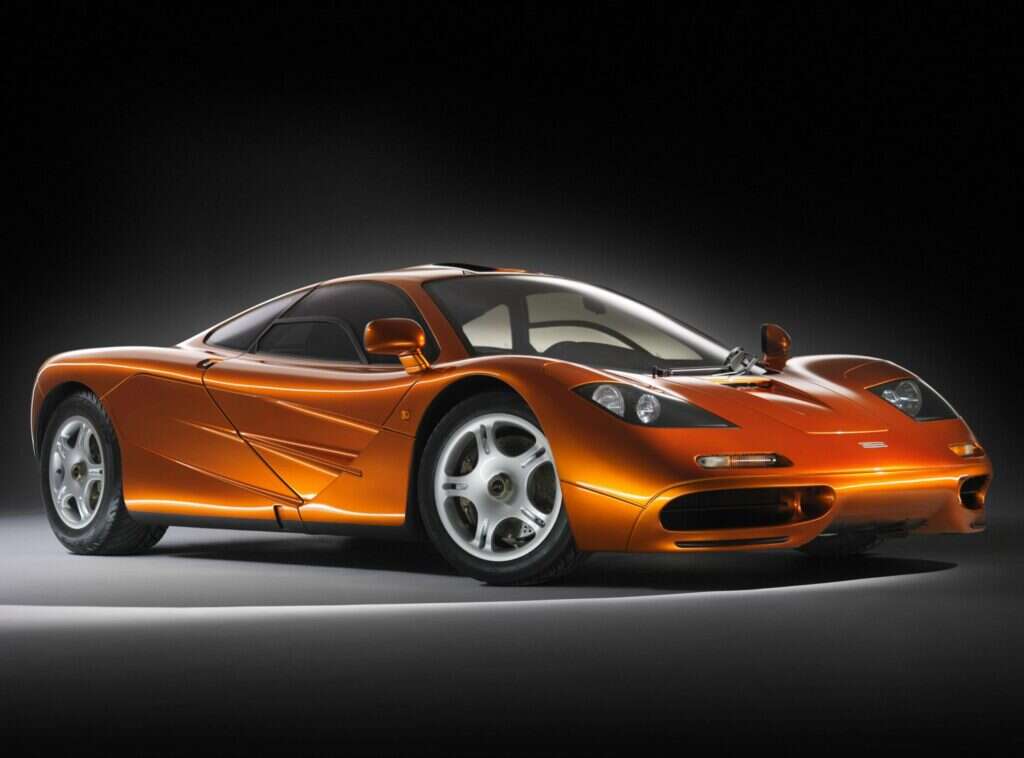
Time for the open road
For the vast majority of manufacturers, the first production car tends to be a little underwhelming. Once again in the story of McLaren, they bucked the trend and decided to build one of the greatest supercars of all time.
The McLaren F1 didn’t defy expectations, it flew past them at 240 mph, smashing the production car speed record. To this day it remains the fastest naturally aspirated production car ever produced.
[See also:The McLaren GT Blends Performance with Practicality]
While the McLaren F1 was not specifically designed to go racing, it was entered into the 24h of Le Mans — one of the most prestigious endurance races — in 1995 and took first, second, third and fifth place. It was the last road-going car to achieve such high success in the race.
The 618 horsepower, V12 McLaren F1 leapfrogged the competition, replicating McLaren’s podium success in Formula 1 only this time you didn’t need to be a racing driver to take it for a spin. During a six-year production run, only 106 McLaren F1s were constructed and sold for around $800,000. In 2021, one sold for $20.5 million, a true testament to the legendary McLaren F1.
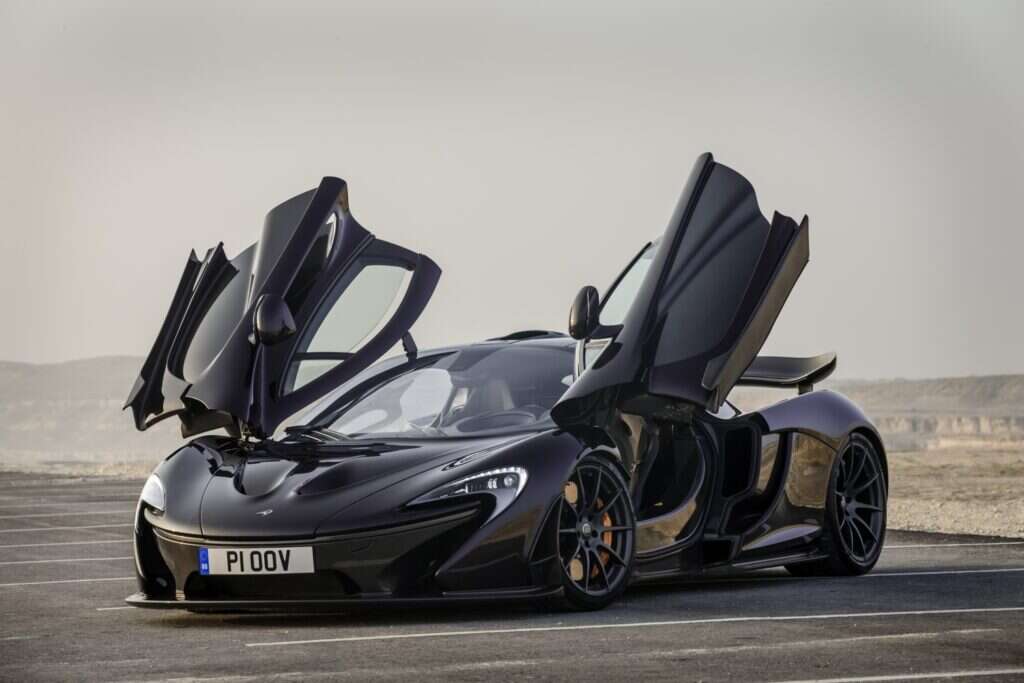
McLaren Automotive accelerates
12 years after the final McLaren F1 rolled out of the factory, McLaren returned, this time as McLaren Automotive, a new and separate subsidiary of the McLaren Group. They released the 12 C, the first McLaren to be completely designed and built with 100% McLaren parts.
The P1 would follow in 2013 with McLaren pushing the boundaries of innovation once again. The P1 was one of the world’s first hybrid supercars. This hybrid engine meant the P1 produced an outrageous 903 hp.
[See also: McLaren Artura: Performance Personified]
By 2014 McLaren was recognized as one of the giants of super and hypercar production. From 2014 to 2019 they released the 650S, 570S, 720S and the McLaren GT, in addition to a number of variants including convertible spider options.
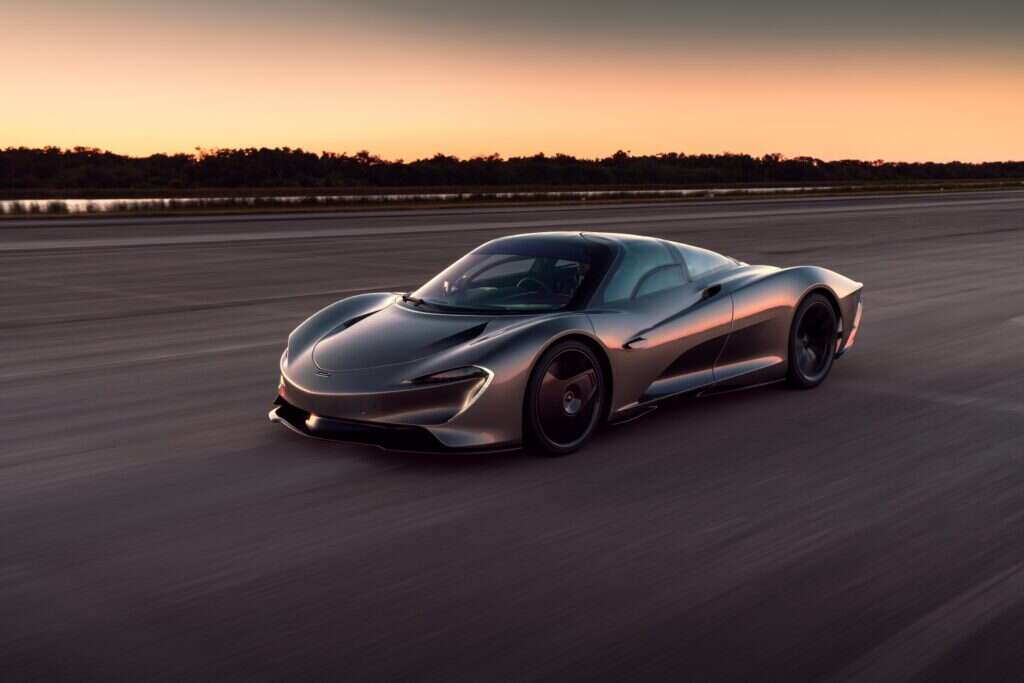
A bright future
The current McLaren lineup stretches across the whole breadth of supercar possibility. The Speedtail, which is McLaren’s first Hyper-GT car, is the most powerful in the company’s history with a hybrid engine that produces 1,040 hp. It enters McLaren’s “Ultimate” category, rubbing shoulders with the P1 and F1.
[See also: McLaren Artura: Aerodynamics and the Pursuit of Lightness]
The McLaren Artura represents McLaren further leaning into its hybrid capabilities. Built from a completely fresh slate, the Artura represents the true distillation of what it means to be a McLaren. Super light, powerful, producing 671 hp and innovative with the all-new McLaren Carbon Fiber Lightweight Architecture and the ability to run on the electric motor alone.
The future is clearly bright for McLaren as it leads the way with hybrid technology which will no doubt continue to filter down throughout its models. The story of McLaren continues…
Visit the Elite Traveler x McLaren hub here
